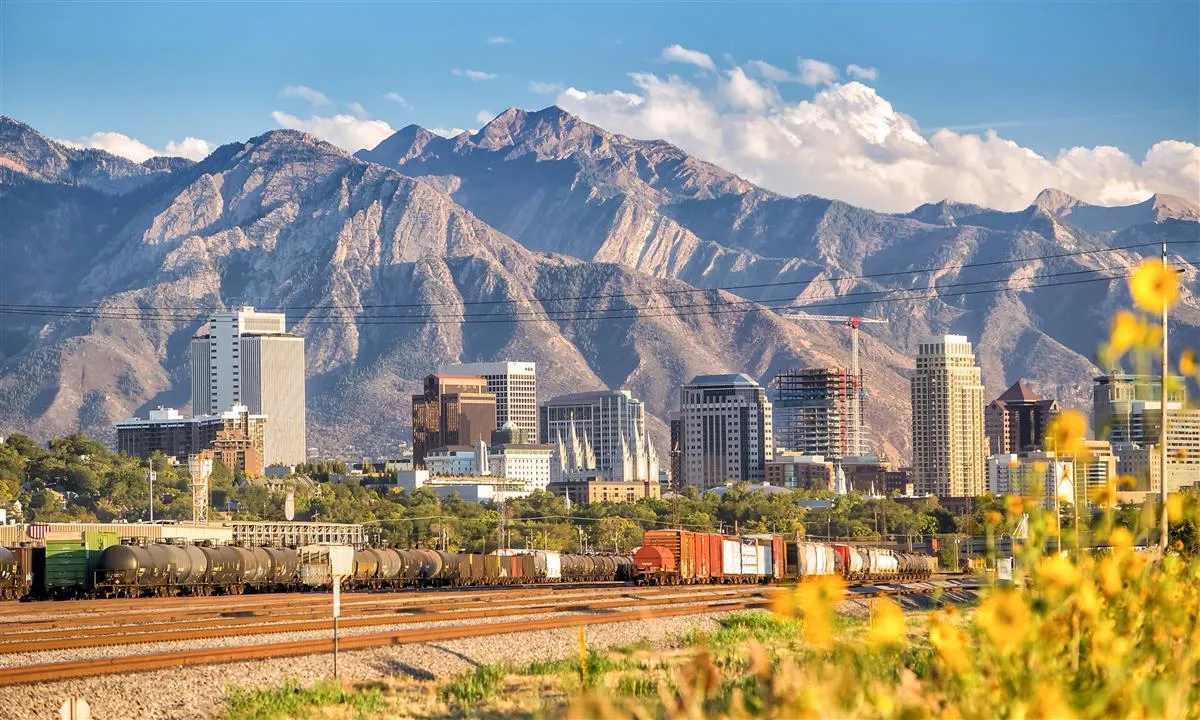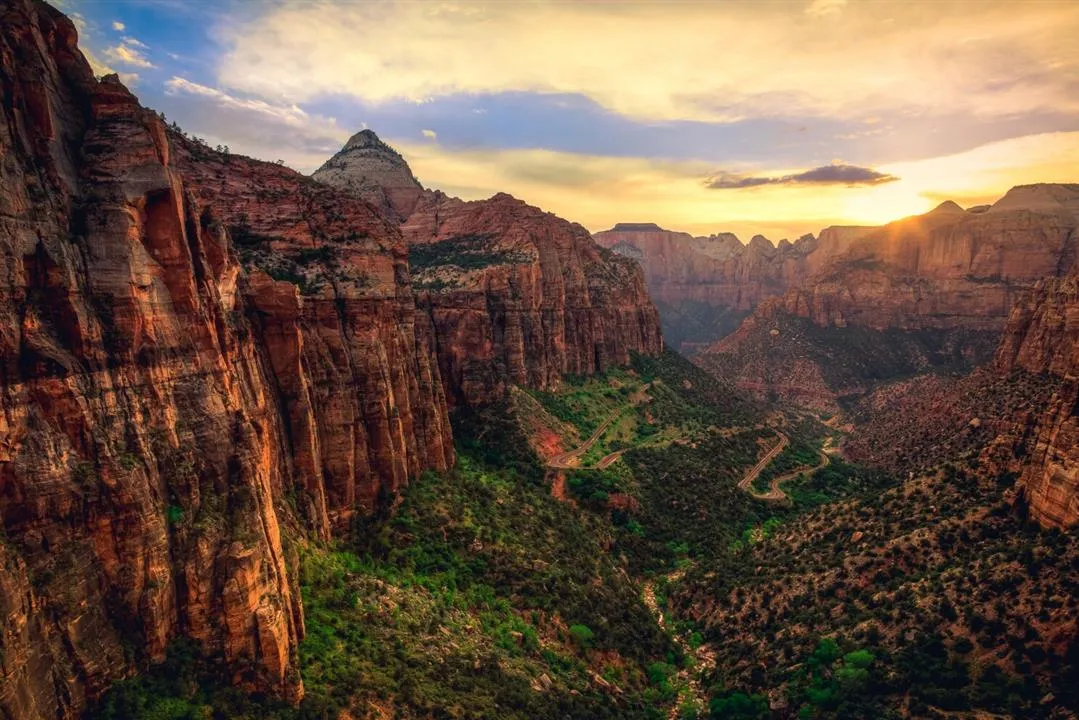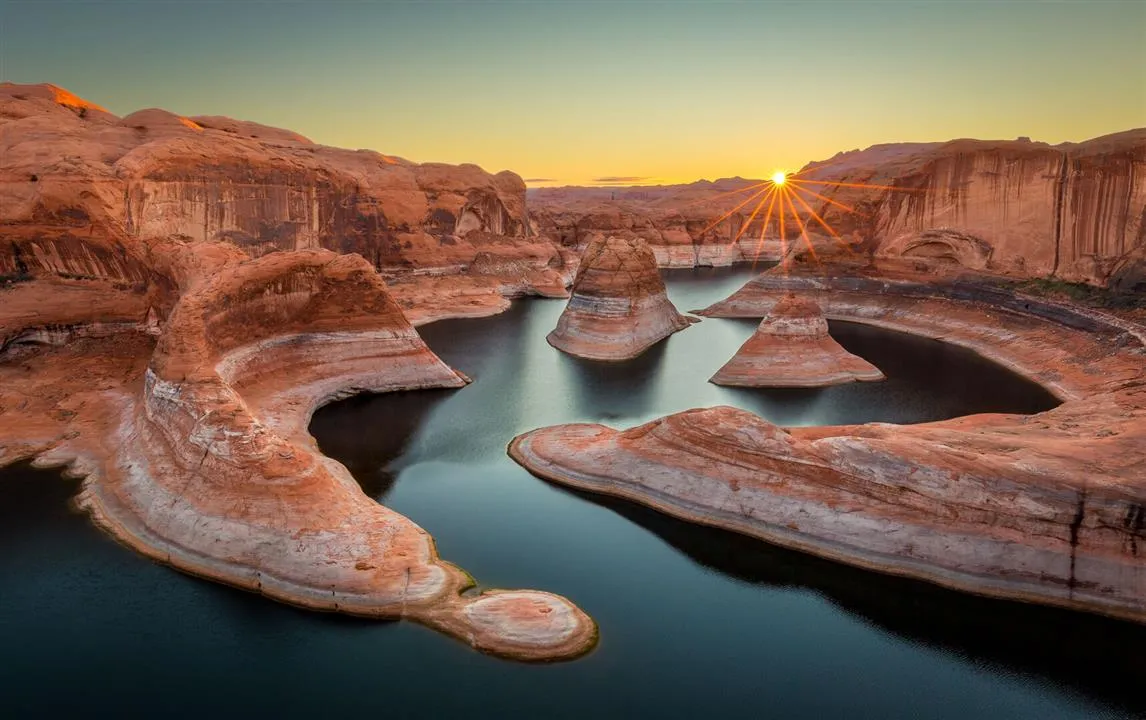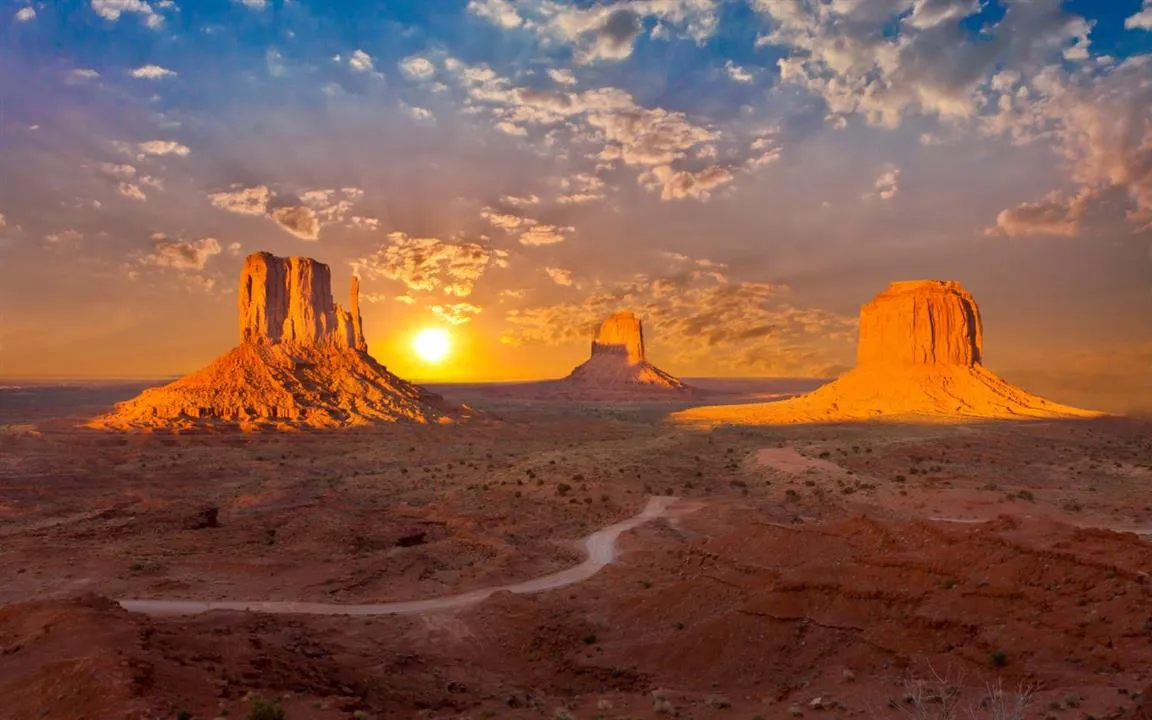Utah, renowned for its breathtaking natural landscapes, is not only an ideal destination for those who love to explore unspoiled beauty but also a place that preserves the unique cultural imprints of Native Americans. From majestic red rock canyons to ancient ruins, Utah invites visitors to discover a rich history and vibrant cultural traditions.
Utah is the ancestral land of many Native American tribes, each with its own distinct history, culture, and customs. Exploring Utah offers you the opportunity to learn about their lives, beliefs, and art, while also experiencing the deep connection between people and nature.
Native American Cultural Imprints in Salt Lake City
Salt Lake City, Utah’s capital, is not only a modern metropolis but also a crossroads between Native American culture and Western civilization. Despite the bustling pace of life, the city still cherishes and preserves the traditional cultural values of Native Americans.

Exploring Salt Lake City, visitors can head to the Utah Dinéh Committee to learn about the history, art, and culture of the Navajo, Ute, Goshute, Paiute, and Shoshone tribes. Here, you can admire unique works of art, attend cultural performances, and converse with Native people to gain a deeper understanding of their lives.
Additionally, many museums and galleries in Salt Lake City showcase archaeological artifacts and artwork of Native Americans, helping visitors gain a deeper insight into their past and present.
Zion National Park: Preserving Ancient Stories
Zion National Park, with its deep canyons and the poetic Virgin River, is not only a natural wonder but also a sacred land for Native Americans.

Before becoming a national park, Zion was home to the Paiute people. They called this canyon “Mukuntuweap,” meaning “straight river.” The Paiute believed that Zion was a sacred place where they could connect with their ancestors and deities.
Today, visitors can explore Zion by hiking on trails, admiring the towering cliffs, and learning about the history and culture of the Paiute people at the park’s visitor center.
Lake Powell: Land of Legends
Lake Powell, the second-largest man-made lake in the United States, is not only a popular tourist destination but also an important part of the history and culture of the Navajo people.

Before the lake was formed, this area was inhabited by the Navajo people. They called this land “Tséyi’íínídzinii,” meaning “where rocks stand up.” The Navajo have lived here for thousands of years, and they have a deep connection to this land.
Today, visitors can explore Lake Powell by boating, kayaking, or taking helicopter tours. From above, you can admire the panoramic view of the beautiful lake and majestic sandstone cliffs, while also learning about the history and culture of the Navajo people.
Monument Valley: Symbol of the American West
Monument Valley, with its towering red sandstone buttes rising from the desert, is one of the iconic symbols of the American West. This valley is also an important part of the history and culture of the Navajo people.

Monument Valley is located on the Navajo Nation land, and the Navajo have lived here for hundreds of years. They call this valley “Tsé Biiʼ Ndzisgaii,” meaning “valley of rocks.” The Navajo believe that Monument Valley is a sacred place where they can connect with their ancestors and deities.
Visitors can explore Monument Valley by driving along scenic routes, hiking trails, or taking Navajo-guided tours. You will have the opportunity to learn about the culture and history of the Navajo people while admiring the stunning natural landscapes.
Native Cuisine: Flavors of Utah’s Land
The cuisine of Native Americans in Utah reflects the deep connection between people and nature. Traditional dishes are often prepared from local ingredients such as corn, beans, squash, venison, and fish.
Some typical Native American dishes in Utah include frybread, corn soup, venison stew, and pumpkin pie. Visitors can enjoy these dishes at Native-owned restaurants or attend cultural festivals to experience the authentic flavors of native cuisine.
Experiencing Native American Culture: Living Traditions
For a deeper cultural experience, visitors can participate in activities such as:
- Visiting archaeological sites: Utah has many important archaeological sites where visitors can learn about the lives of Native Americans in the past.
- Attending cultural festivals: Cultural festivals are a great opportunity to experience the music, dance, cuisine, and art of Native Americans.
- Staying in traditional dwellings: Some resorts and hotels in Utah offer accommodation in traditional Native American dwellings, providing visitors with a unique and memorable experience.
Discovering Native American culture in Utah is a meaningful journey of exploring history, culture, and nature. Come to Utah and experience the wonders this land has to offer!
Conclusion
Utah is not only a state with magnificent natural landscapes but also a rich treasure trove of Native American culture. From modern cities to unspoiled national parks, Utah offers visitors the opportunity to discover the history, culture, and traditions of the people who have lived on this land for thousands of years. Come and feel the unique intersection of nature and culture, past and present in Utah.